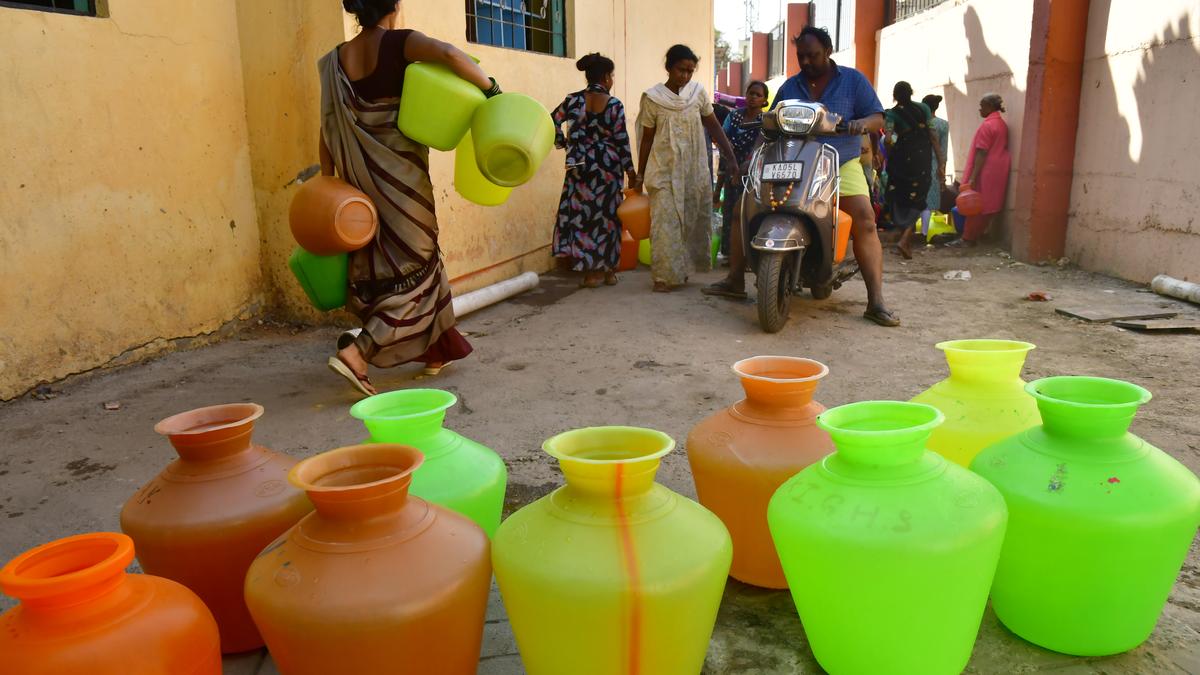
Water woes of Bengaluru: Think long term, go beyond knee-jerk reactions, say experts Premium
The Hindu
A recent BWSSB notification prohibits water use for washing vehicles, gardening fountains, constructions and such other activities. It threaten violators with fines. But for decades, lax enforcement of rules have had big players get away with massive misuse of the precious Cauvery water supplied to the city at great cost.
Bengaluru’s desperate dependence on an external drinking water source, while offering scant regard to alternatives, came out starkly in that one single notification. But is the latest Bengaluru Water Supply and Sewerage Board (BWSSB) directive banning drinking water for non-essential uses a sign that the city is finally on track with a sound conservation strategy?
Not many are convinced. The notification, prohibiting water use for washing vehicles, gardening fountains, construction and roads, does threaten violators with ₹5,000 for first offence and an additional daily penalty of ₹500 thereafter. But for decades, lax enforcement of rules have had big players get away with massive misuse of the precious Cauvery water supplied to the city at great cost.
Karnataka Chief Minister Siddaramaiah has admitted that Bengaluru is facing a shortage of 500 Million Litres per Day (MLD) water every day.
Lack of regulation
The clear lack of a regulatory mechanism to first put conditions on water usage and stringently enforce them is seen as a big problem. N.S. Mukunda from Bengaluru Praja Vedike notes, “You give permission to all these highrises just by saying that the Water Board will make its best efforts to supply water. You stop at that and do nothing, what is the use? You need to insist that they follow certain rules and procedures.”
The ban imposed through the notification, he says, is only a temporary knee-jerk reaction of the government to see through the day as they have to manage with whatever water is available for the next two months. This is another proof of the absence of a long-term vision.
At a time when climate change is playing havoc with rainfall patterns, adhoc short-term reactions can get extremely risky. “Empirically speaking, we now see that over a five-year period, there will be at least two years of drought, one year of excessive rainfall and two years of normal rainfall,” he points out.











